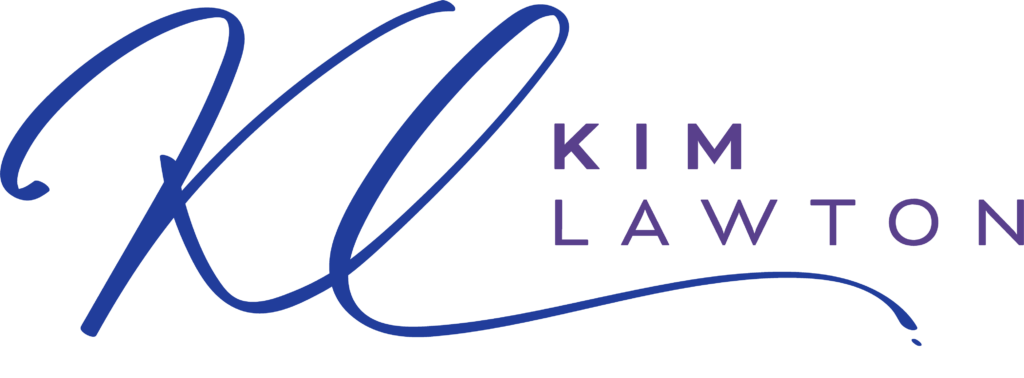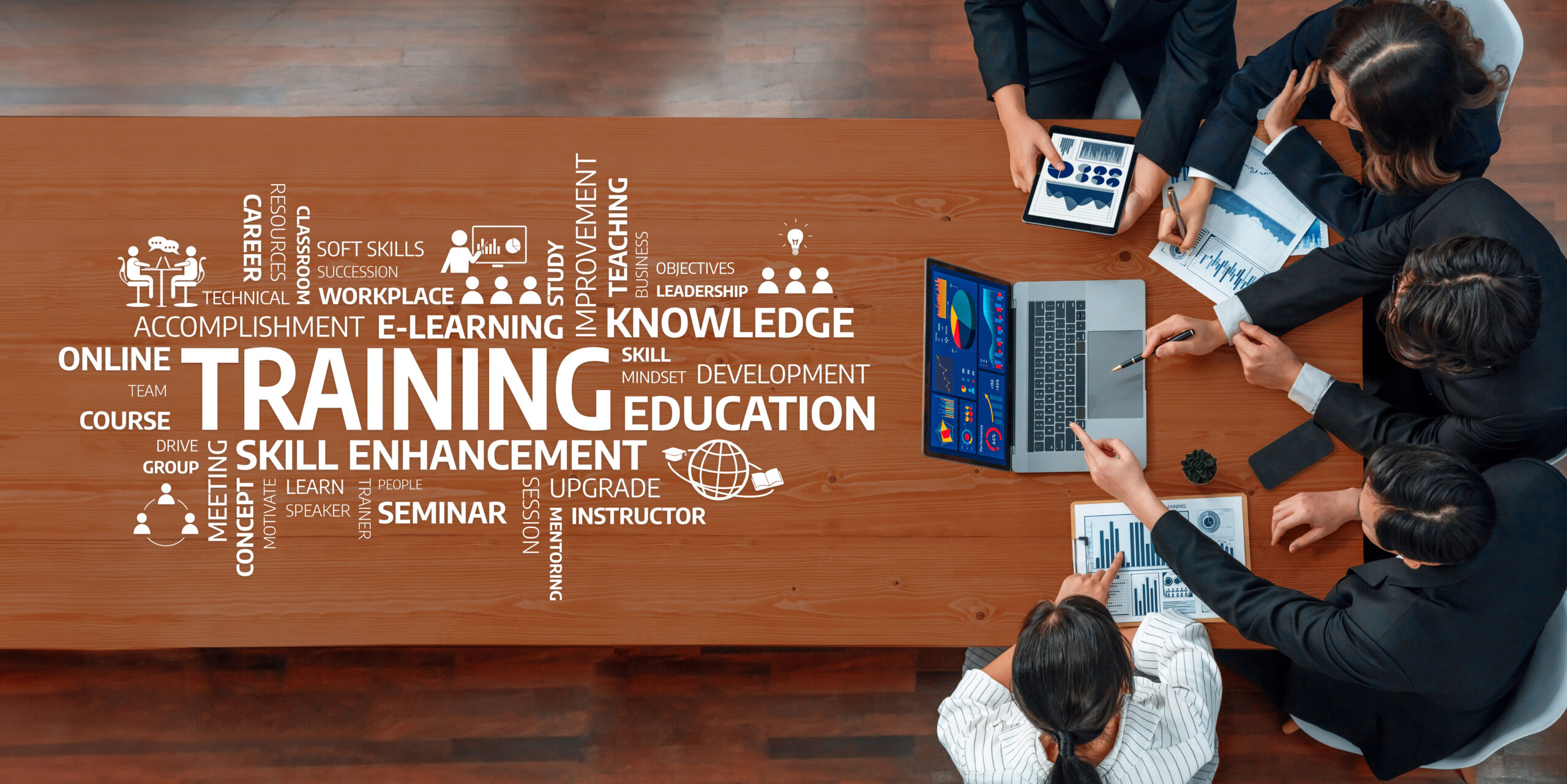How does educational content build trust with an audience?
Why is human-centered content more effective than traditional marketing?
What are the key traits of trustworthy, educational brand content?
We live in an era where every scroll delivers a flood of opinions, ads, and so-called expertise. In this noisy digital landscape, traditional marketing no longer commands attention — it drains it. The modern audience doesn’t want to be sold to; they want to be taught, understood, and respected. That’s why trust, not attention, has become the real currency of marketing. Educational, human-centered content cuts through the noise by empowering your audience with clarity, empathy, and credible insight. When your brand becomes a reliable teacher rather than another salesperson, you move beyond visibility — you earn genuine connection and long-term loyalty.
Grab your phone and start scrolling through whatever social media platform you prefer. What do you see? It’s a relentless, overwhelming flood of articles, videos, posts, and podcasts. Every brand, every ‘expert,’ and every company is fighting for your attention, shouting answers you didn’t ask for and pushing products you may not need.
In this constant digital deluge, the traditional marketing playbook is becoming less effective every day because the audience is exhausted. They’ve grown savvy, cynical, and quick to hit the “mute” button on anything that smells too much like a sales pitch. They’re more critical than ever.
As a founder and business leader, I’ve navigated this landscape for years. And what I’ve learned is this: The most valuable currency in today’s economy isn’t attention; it’s trust.
Our job as marketers isn’t to add to the noise. It’s to cut through it with clear, trusted, human-centered content and education. Content that informs, clarifies, and genuinely helps your audience is the only content that matters. It’s what transforms a quick scroll into a meaningful, lasting connection. Nowadays, educational content is a must-have for effective marketing operations and content strategies. When you empower your audience with knowledge, you don’t just win a sale, you win a loyal brand advocate.
The Role of Trust in Educational Content
If you’re a marketer, you may be asking, “Why should I pivot my entire content strategy to focus on education? I’m not a teacher. I’m trying to get sales.” The reason is because the overwhelming volume of information we face each time we go online has created a crisis of skepticism. Audiences are constantly asking: “Is this real? Can I trust this source? Is this just another clever ad?”
Think about a major business challenge you’re facing. If you search for a solution online, you’ll find ten conflicting articles, all claiming to hold the definitive answer. This creates cognitive friction, leading to a state of paralysis.
If you’re focused on educational content, this is where your brand can step in.
Your brand needs to become the signal amidst the noise. Your content needs to be rooted in credibility and expertise. Now, don’t get me wrong, this isn’t about bragging or showing off. It’s about demonstrating a deep understanding of your industry. When you lean on data-backed insights, clear frameworks, and strategies, you start to become a trusted resource. People want to see the proof in the pudding. That’s how they determine whether or not you’re a trustworthy source, deserving of their attention.
You also need to lean into your human voice. I’ve discussed before how important it is for marketing to be human-centered, above everything else. This is especially true when it comes to content. Automation and AI can certainly speed up the process of content creation and research, but they can’t replace the vulnerability, authenticity, and empathy of a human voice. A real human voice sharing a real human perspective cuts through the noise more effectively than any algorithm-generated content ever will. And not only that, but the more prevalent AI becomes, the more adept people are becoming at spotting the difference between human and AI-generated content. And as audiences become more discerning, they can easily tell the difference between AI-generated and human content.
Characteristics of Empowering, Educational Content
There’s a lot of value in creating educational content for your marketing strategies. In fact, some research suggests customers are 131% more likely to buy from a brand after they consume educational content. So, what does this high-value, trust-building content actually look like? It sticks to a set of principles that place the audience’s learning and success above the brand’s immediate sales goals, including:
- Accuracy
- Clarity
- Relevance
- Empathy
#1 Accuracy
The foundation of trust is accuracy. If your content is sloppy, relies on outdated figures, or is based on speculation rather than evidence, you instantly lose credibility. Educational content requires rigor. It means taking the time to fact-check your content and base your strategies on sound, reliable data. You wouldn’t trust a doctor who guesses when making a diagnosis. Your audience won’t trust a brand that guesses either.
#2 Clarity
Our expertise often comes with a specialized language, including jargon, vague acronyms, and complex concepts. Empowering content takes this complexity and translates it into digestible insights. Your goal should be to make your audience feel smarter and more capable after reading your work, not intimidated and confused. Clarity is your key to increasing accessibility and general understanding.
#3 Relevance
The content flood is generic. Your educational content must be relevant. You must deeply understand your audience’s specific pain points and immediate challenges. Are they struggling with early-stage funding? Are they trying to scale with a small team? Are they worried about the impact of AI on their operations? Content that addresses a specific need in a precise way is exponentially more valuable than content that tries to address every topic generally.
#4: Empathy
This is where the human element really shines. Empathy means recognizing the emotional weight of your audience’s challenges. If a woman founder is struggling with visibility, don’t just give her a list of support groups and resources. Share a story of a founder who overcame that exact obstacle. Your content should say, “I see you. I understand this is hard, and here is a proven way through it.” And remember, empathy is one of those uniquely human traits only you can leverage. AI can’t.
The Human Element in Content Creation
I often harp on this point when we talk about content creation for marketing campaigns, and educational content is no different. If you want to build trust, you have to be human. Your content shouldn’t sound like it was written by a committee or dictated by an SEO-driven algorithm. It needs personality, heart, and soul.
We often discuss the power of storytelling. Harnessing your authentic tone and weaving in personal or professional anecdotes, even stories of failure, makes your content instantly relatable. People remember times when you struggled, failed, and learned something, because that’s when they often learn something, too. That vulnerability is a powerful tool that establishes a deep connection.
Again, if you want to reach and educate a broader audience, ditch the academic and industry-specific language. Speak directly to your audience as you would to a trusted peer or a friend in need of advice.
Also, remember that your unique perspective is your superpower. Showcase the experiences that led to your insights. If you’re advocating for increased visibility for women founders—as I often do in this blog, especially when we talk about our work at Enthuse Foundation—share how you leveraged visibility early in your career to land that first major deal. This balances the authority of your expertise with approachability, reminding the audience that you, too, are on a journey. You’re learning alongside them.
Practical Steps to Create Empowering and Educational Content
It takes intention and discipline to create educational content that serves rather than sells. Here are a few practical ways to integrate an educational focus into your operations:
- Identifying Audience Knowledge Gaps and Goals
- Structuring Content for Both Depth and Accessibility
- Leveraging Multimedia Formats
- Incorporating Interactivity
#1 Identifying Audience Knowledge Gaps and Goals
Your content calendar should not be driven by what you want to talk about, but by what your audience needs to learn and what they want to see from you.
- Audit Your Feedback: Look at your FAQs, customer service tickets, and your social media comments. What are the recurring questions? These are your knowledge gaps. Prioritize addressing these before diving into new content.
- Reverse-Engineer Goals: If your audience’s goal is to raise their seed round, your content needs to provide the knowledge to help them get there. This could include breakdowns on how to build a pitch deck, how to find the right investors, and how to negotiate terms.
#2 Structuring Content for Both Depth and Accessibility
Educational content should be easy to navigate. There shouldn’t be a barrier to entry for learning.
- Use Clear Frameworks: Employ lists, numbered steps, and short paragraphs. Make the content scan-friendly. People don’t read every word online; they scan for immediate relevance. Try to give it to them as soon as possible.
- The “So What?” Test: After every section, ask yourself: “So what did the reader just learn, and how can they apply it immediately?” Or, even frame it a bit differently, and ask yourself, “So what?” as in, why should the reader care about this?
#3 Leveraging Multimedia Formats
Different people learn in different ways. Maximize comprehension by using the right medium for the message.
- Articles: Great for deep dives and complex, structured explanations.
- Videos/Reels: Excellent for demonstrating processes, sharing personality, and capturing attention quickly.
- Infographics: Perfect for simplifying data, statistics, and complex processes into easily shareable visuals.
- Podcasts: Ideal for thought leadership, conversational insights, and busy listeners who want to learn while commuting or working out.
#4 Incorporating Interactivity to Reinforce Learning
Learning is an active process. Encourage it by asking the audience to participate.
- Quizzes and Polls: Use these to test understanding and reinforce key concepts. Gamification is also a great way to drive engagement and get people excited about your brand and content.
- Guided Worksheets: Offer downloadable resources that allow the audience to apply your frameworks to their own business. This turns passive consumption into active application that also helps reinforce what they learned.
Ensuring Content Credibility
Credibility isn’t built overnight, but it can be destroyed in a single post or misstep. You have to be relentless in protecting the integrity of your information and brand identity. These are my three main tips for preserving your educational content strategy and your reputation:
- Sourcing from Verified, Trustworthy References
- Providing Transparent Context
- Regularly Updating Content
Sourcing from Verified, Trustworthy References: Always link to original sources when citing data, research, or statistics. This demonstrates accountability and allows your audience to verify the information for themselves. Citing reputable organizations elevates your own content, too.
Providing Transparent Context: When you use a case study or data, be transparent about the context. What were the limitations of the data? What unique factors contributed to the success story? Transparency builds immediate trust.
Regularly Updating Content: As we all know, the digital world moves fast. Go back to your highest-performing educational content every six to twelve months. Is the data still current? Are the strategies still best practice? Outdated content erodes authority.
Measuring the Impact of Educational Content
We can’t simply measure educational content the same way we measure an ad campaign. The ROI is more subtle, focused on loyalty and reputation rather than immediate conversion. I often tell my clients and my team members to look out for these three metrics to get a feel for how the content is performing, providing a snapshot of what’s working and what’s not:
- Engagement Signals
- Evidence of Empowerment
- Alignment with Broader Brand Reputation
Engagement Signals: Look at the depth of engagement. Are people commenting with thoughtful questions? Are they tagging peers and saying, “You need to read this”? Are they subscribing to your newsletter specifically for the knowledge you provide? Shares, comments, and repeat visits are signals of content that truly resonates.
Evidence of Empowerment: The ultimate measure is behavioral change. Are you getting testimonials that say, “I used the framework from your blog and landed my first client”? Are your followers discussing how they’ve applied your teachings? This is the evidence that your content is doing more than entertaining people; it’s empowering them.
Alignment with Broader Brand Reputation: Over time, your goal is for people to instinctively associate your brand with trusted expertise. Do press inquiries come to you for expert commentary? Are you being asked to speak at conferences on the topics you cover? This external validation is proof that your educational content has elevated your brand’s reputation to that of an industry authority.
Conclusion
The future of marketing isn’t about selling harder. Those days are long gone. Instead, it’s about teaching better.
Creating content that informs and empowers isn’t just a strategic choice; it’s an ethical one. It’s an opportunity to transform your brand from a temporary spectacle into a trusted resource that provides genuine value long after the initial click.
The real value in your business is the knowledge you possess. When you apply that knowledge to create a masterclass for your audience, you establish a lasting type of brand equity that’s hard to get elsewhere. Your user walks away with not just a memory of a cool brand but a new skill, a fresh perspective, and a deep understanding of why you matter and what makes you stand out in your industry.
Ready to shift from sharing content that is just seen online to creating educational content that genuinely informs and builds trust through human connection? Your audience is waiting to learn; you just have to show up for them.




